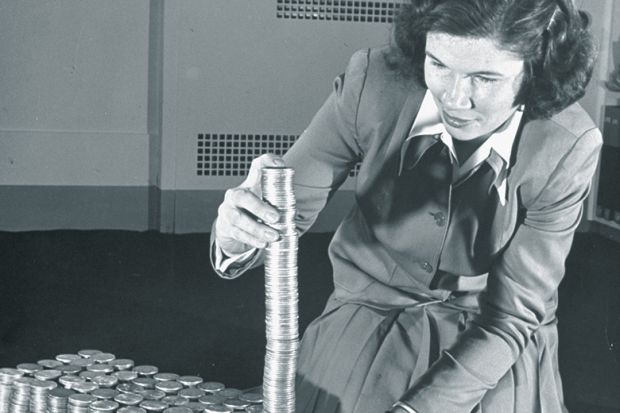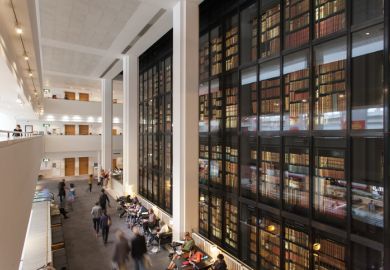UK universities’ journal subscription costs have risen 20 per cent in three years despite their simultaneously paying far more to make research open access, according to new data.
This suggests that a dramatic shift to open access since 2013 has not yet halted the rise in traditional subscription costs charged by publishers.
In 2016, a sample of 10 UK universities paid £16.1 million for subscriptions to seven of the biggest publishers, up a fifth since 2013, according to a new Universities UK report tracking the growth of open access publishing, released on 5 December.
Yet these universities also spent £3.4 million on article processing charges (APCs), the fees required to publish an article open access, up from about £750,000 three years previously, found the report, titled Monitoring the Transition to Open Access.
The figures are likely to heighten worries around so-called “double dipping”, whereby publishers charge money for both publishing open access articles and for traditional journal subscriptions. There is particular concern over “hybrid” journals, in which some content is open-access but some requires a subscription.
Michael Jubb, director of the Research Information Network and lead author of the report, said that the “major cause of concern” was that “costs are continuing to rise”.
“They are rising both for subscriptions, and much more rapidly in terms of payment of APCs,” he said. In theory, he explained, as the system moves towards full open access, subscription prices should fall.
The “big issue” was that only a small number of hybrid journals had “flipped” to full open access – meaning they no longer charge subscription fees, he said. “Journals following the hybrid route now have two different sources of revenue,” he added.
The report also shows that APCs are increasing well above inflation – in 2016 it cost on average nearly £2,000 to publish an article open access, up 16 per cent from three years earlier. Publishing open access in a hybrid journal costs about £450 more than in a full open access journal, the data show, although the gap has narrowed since 2013.
But “double dipping” and more expensive APCs are not the only potential explanation for universities’ rising costs. Increasing subscription prices could be explained at least “in part” by the fact that the number of research papers was now growing at 3-4 per cent globally per year, he said.
Despite rising costs for universities, the data show that the UK has made significant strides toward universal open access, said Dr Jubb.
Thirty-seven per cent of UK articles are now freely available upon publication, up from just 20 per cent in 2014, the data show. Globally, the proportion rose from 18 to 25 per cent. “The UK is very significantly ahead of the rest of the world,” he said.
“The impacts of policies of Research Councils UK, of the funding councils, of the Wellcome Trust, of other medical charities...are all having a major effect,” added Dr Jubb.
Register to continue
Why register?
- Registration is free and only takes a moment
- Once registered, you can read 3 articles a month
- Sign up for our newsletter
Subscribe
Or subscribe for unlimited access to:
- Unlimited access to news, views, insights & reviews
- Digital editions
- Digital access to THE’s university and college rankings analysis
Already registered or a current subscriber?








